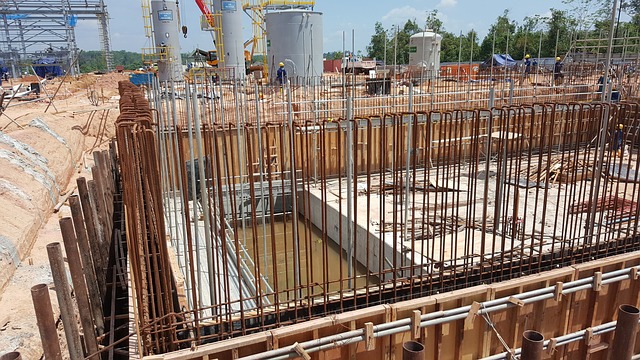
Benefits of a Concrete Slab Foundation
Concrete slab foundations offer many advantages if you’re considering building your house on
them. Concrete slab foundations are less expensive than traditional foundations and require no
crawl space or basement. Concrete slabs can keep crawling insects away and can save you up
to $10,000 on your home’s price. You can avoid costly repairs from water damage by laying
concrete slabs. Radon gas is not a problem as it cannot penetrate concrete.
After clearing the site and laying out building plans, digging the footer is the next step. The depth
of the footer will depend on the estimated weight of the building. The footer is the foundation to
the slab foundation and provides support for the structure. To prevent your building’s collapse in
the event of wet or cold weather, ensure the footer has sufficient depth to protect it from the
elements. Look out for the best Underpinning Melbourne.
Before pouring the concrete, prepare the ground by clearing any debris and other objects that
could endanger the structure of the slab. Then, mark the locations of doors and anchor bolts on
the concrete forms. Place anchor bolts 6 inches from the doorways and 12 inches from all
corners of your building. If you don’t own a tool to hammer nails, you can use a sledgehammer.
You won’t have water seepage into your concrete slab if you live somewhere with a temperate
climate. Even the smallest crack can let moisture seep into your living space. A professional
should be hired to repair your concrete slab foundation. Concrete slab foundations don’t have
crawlspaces so utilities must be installed inside the walls. Concrete slab foundations do not
provide much protection against the elements.
A slab foundation is typically four inches or six inches thick at the center. The outer edges are
thicker, and extend below frost line. This adds extra strength to the perimeter. The slab’s
perimeter edges support load-bearing walls. Concrete in the center of the slab will usually be
monolithic. It is one single pour. This makes it a popular choice for do-it-yourselfers. However,
the slab foundation is not an ideal choice for every home.
A concrete slab foundation is generally six inches thick, though thinner slabs are acceptable in
some situations. Many contractors recommend a thickness range of four to six inches. But, it is
possible to ask your contractor for an exact thickness that suits your climate and needs. A crawl
space under your shed may be an option. However, this foundation is the most expensive. This
is due to the heavy concrete and the labor involved in moving it.
Concrete slab foundations are ideal for cold climates but have their limitations. Concrete slab
foundations are not reinforced. Concrete can expand and lift the foundation, causing cracking.
The soil can also retain water which can lead to foundation failures in concrete slabs. If you find
cracks or other foundation problems in your slab, it is important to inspect them for signs.
Although most slab foundations are durable, cracks in slabs can signal a problem and require
repairs.
Slabs are available prefabricated or on-site. Concrete slabs are produced in a factory before
being transported to the location. Slabs can be pre-stressed, or unstressed in the factory. As
these structures can move, the wall supporting structure must be made to the correct
dimensions. So the next time you want to build a new house, think about a concrete slab
foundation. You’ll be glad that you did.
Post-tensioned foundations have a few advantages over slab foundations. One, they are
stronger that concrete slabs. A post-tensioned slab foundation will insulate your home better
than concrete slabs. This method is great for frost-prone locations. It doesn’t sag in extreme
temperatures. This means that it won’t crack even at extreme temperatures.
Although pouring a concrete slab foundation may seem simple, it’s not difficult. You will need to
hire a professional. This is the most important part to your home, so it’s best that you trust the
process to professionals. First, measure the area where your foundation will be placed. To
ensure that the foundation is secure and level, use stakes placed at symmetrical points. Once
you’ve measured the area for the slab foundation, you can start pouring it.
